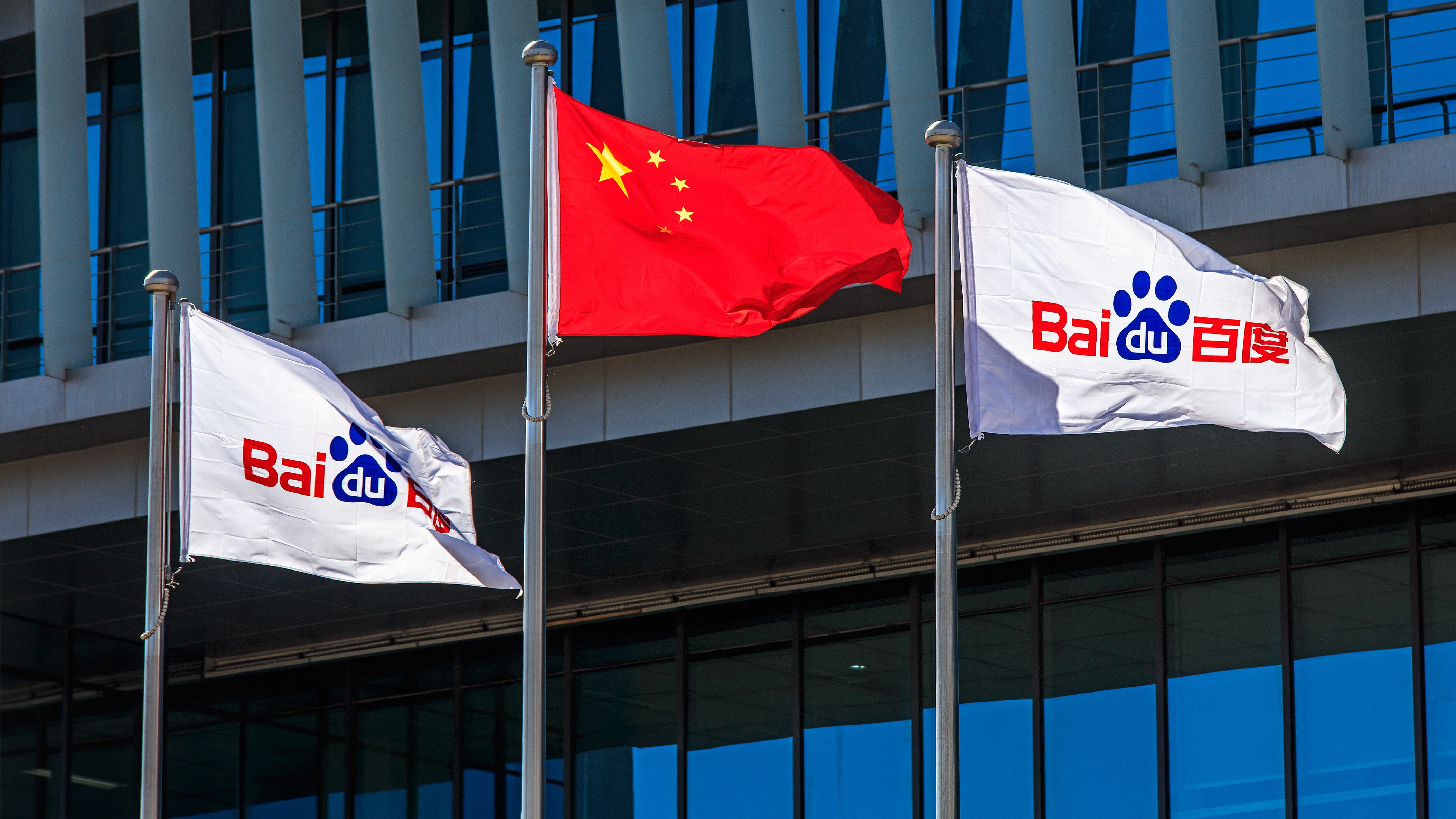
Tech companies are increasing their pace in developing AI technologies. Baidu, China’s largest search engine, is often compared to Google and is pushing hard to gain a global lead. According to its CEO, Robin Li, the company has developed a system to combine GPUs from different vendors and use them as a single compute cluster for AI training. This was highlighted in its Q1 2024 Earnings Call transcript.
Li mentioned in the call that Baidu is transforming from an Internet-centric business to an AI-first business with its generative AI, ERNIE, becoming the new core of its products in 2025. However, we expect Baidu to encounter headwinds, especially as it’s a Chinese company, and the US severely restricts the export of advanced technologies to China, such as the latest-generation Nvidia, AMD, and Intel chips, which are crucial to AI development.
Because of the lack of available hardware, Chinese companies are forced to build homegrown GPUs that are inferior to American-built technologies. However, as the proverb says, necessity is the mother of invention. Thus, Chinese companies are finding ways around US sanctions, like procuring advanced GPUs on the black market and developing novel solutions.
An example is Baidu’s announcement of an advanced GPU cluster management technology during its earnings call, which is a game-changer for China’s AI ambitions. “Leveraging our technical expertise, we can now integrate GPUs from various vendors into a unified computing cluster to train an LLM,” Li says. “Our platform has demonstrated high efficiency with this setup on a GPU cluster composed of hundreds, even thousands of GPUs. This is an important breakthrough because of the limited availability of imported GPUs.” (transcript via The Globe and Mail)
If Li’s claim is true, Baidu has achieved a brilliant technical breakthrough. This technology will allow the company to mix and match different GPUs, combining powerful but more scarce American-controlled GPUs with readily available but slower Chinese-made GPUs, like the Lingjiu GP201 or Biren BR100, among many others.
While patching together multiple GPUs might seem simple to the regular consumer, it’s a complex problem requiring creative solutions. GPU manufacturers use different architectures with wildly different processing speeds, hardware programming languages, and more. So, Baidu would have to account for those when integrating all these systems. Furthermore, non-deterministic latency, scaling over fabrics, and memory errors must also be considered, to name a few.
If Baidu’s claims are true, this is a massive development. However, we should also note that the company announced it during an earnings call. Baidu (NASDAQ: BIDU) is a publicly traded corporation, so it’s in their favor to claim technologies like this will help them weather the geopolitical storm brewing between China and the US.
And despite the potential of this technology, we should note that this was just an announcement, with no proof of its actual performance. So, until Baidu publishes research or shows the public the viability and efficiency of such a system, we won’t know how it will perform in the real world and whether it will give the company a measurable advantage over its competitors.
Nevertheless, this development shows that China can progress technologically regardless of American tariffs, sanctions, and export limits. As Chinese President Xi Jinping said after the Netherlands blocked the export of ASML’s lithography equipment, “The Chinese people also have the right to legitimate development, and no force can stop the pace of China’s scientific and technological development and progress.”
The White House’s attempts to stop technology transfers from the US and its allies may hinder China’s scientific advancements in the short term. But given the creativity of the human mind and the Chinese government’s deep pockets, it might soon catch up with the US in a few decades — or even in just a few years.







